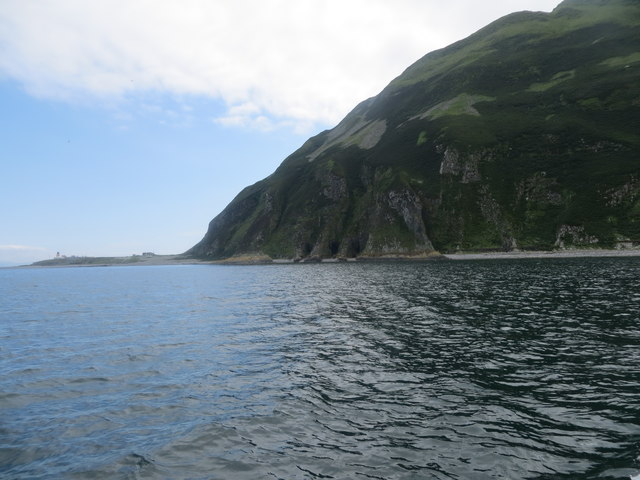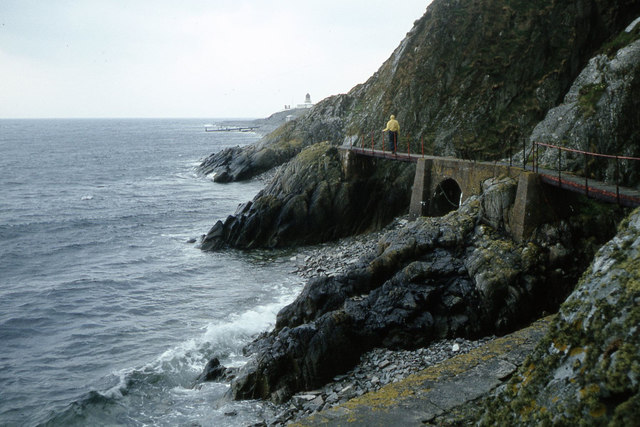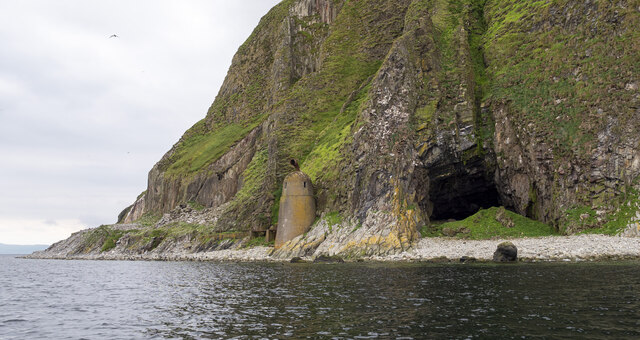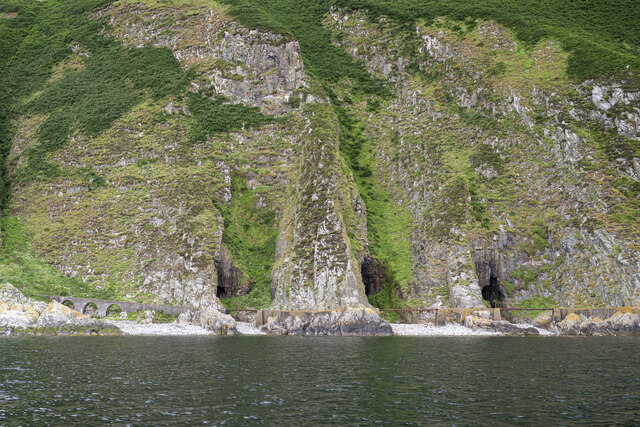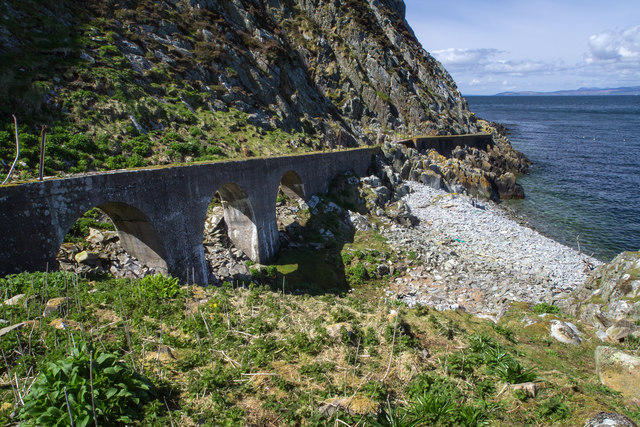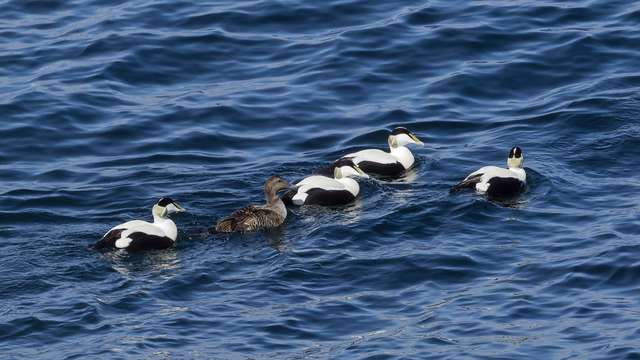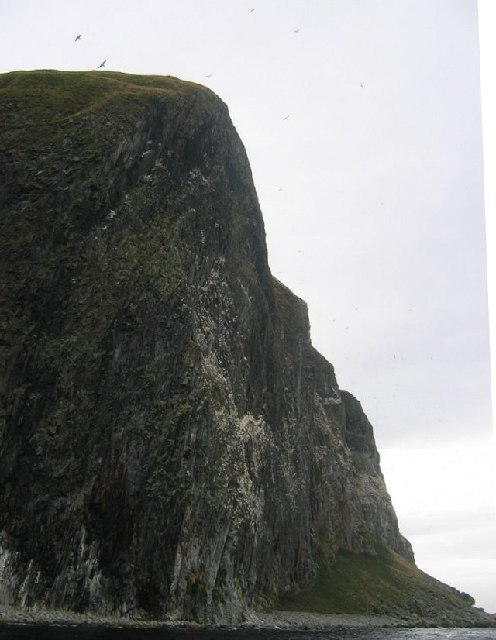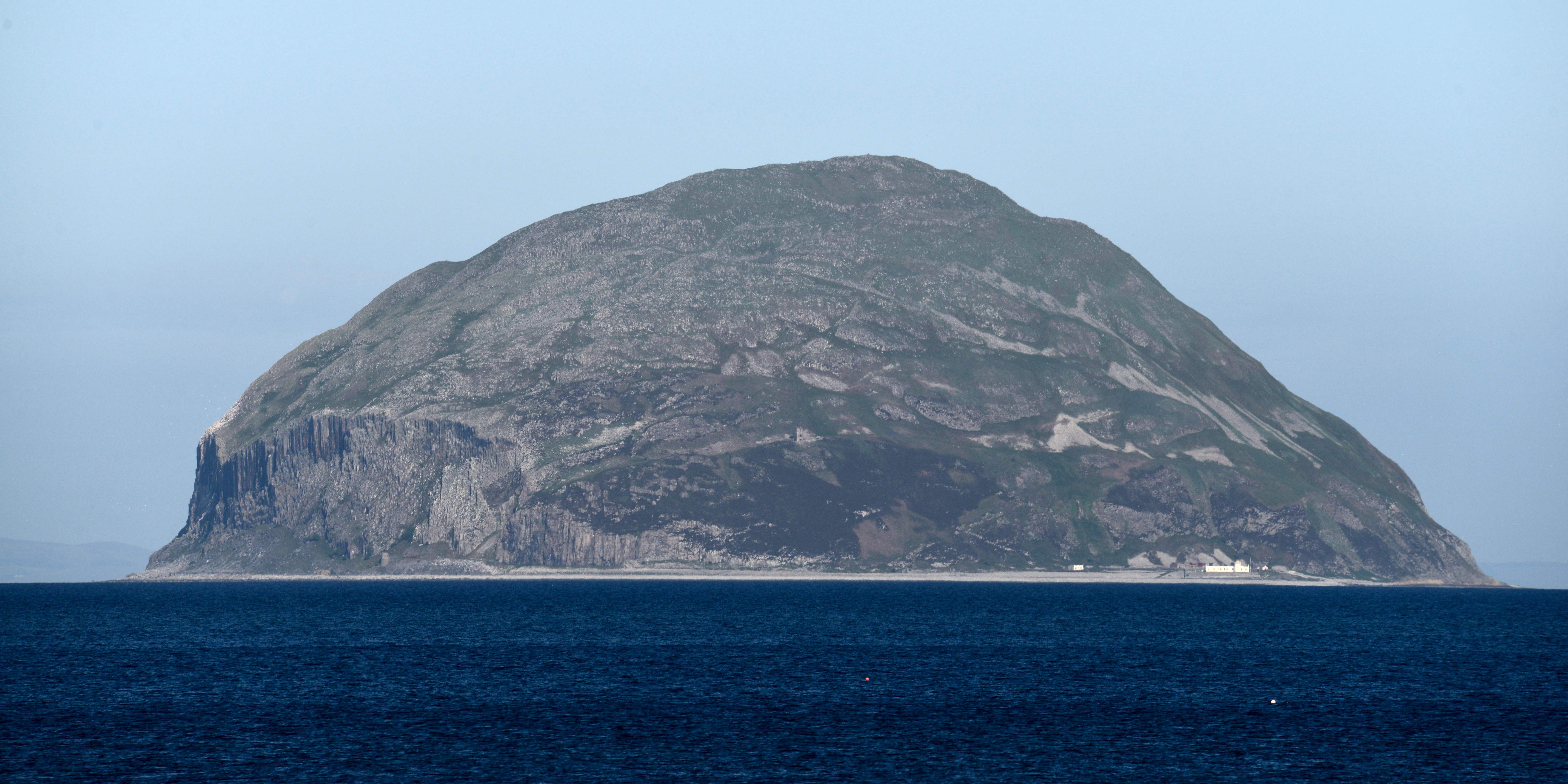Boating Stone
Coastal Feature, Headland, Point in Ayrshire
Scotland
Boating Stone
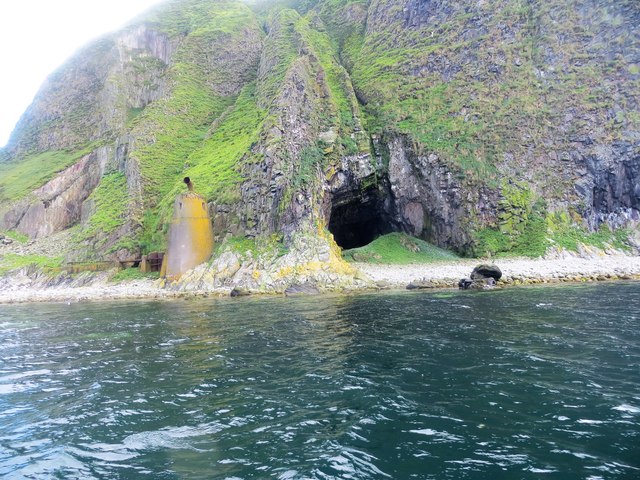
Boating Stone is a prominent coastal feature located in Ayrshire, Scotland. It is a headland, also known as a point, that juts out into the Firth of Clyde. The stone gets its name from its unique appearance, resembling a boat when viewed from a distance.
Situated near the town of Girvan, Boating Stone is a popular attraction for both locals and visitors alike. Its strategic location offers breathtaking views of the surrounding coastline, making it an ideal spot for nature enthusiasts, photographers, and tourists seeking a picturesque setting.
The geological formation of Boating Stone is a result of erosion and weathering over the years. Made primarily of sandstone, the headland displays layers of sedimentary rocks, showcasing the area's geological history. The stone itself is a large boulder, perched precariously on the edge of the headland, adding to its allure and intrigue.
The coastal area surrounding Boating Stone is rich in biodiversity, with various species of birds, marine life, and plants calling it home. Visitors can often spot seabirds, such as gulls and cormorants, perched on the stone or soaring above the sea. The nearby waters are known for their abundance of fish, attracting anglers and fishing enthusiasts.
Access to Boating Stone is relatively easy, with a well-maintained path leading to the headland. There are also designated viewing areas and benches for visitors to relax and take in the stunning panoramic views. The site is a popular destination for leisurely walks, picnics, and enjoying the tranquility of the Scottish coastline.
If you have any feedback on the listing, please let us know in the comments section below.
Boating Stone Images
Images are sourced within 2km of 55.256627/-5.1225128 or Grid Reference NS0100. Thanks to Geograph Open Source API. All images are credited.
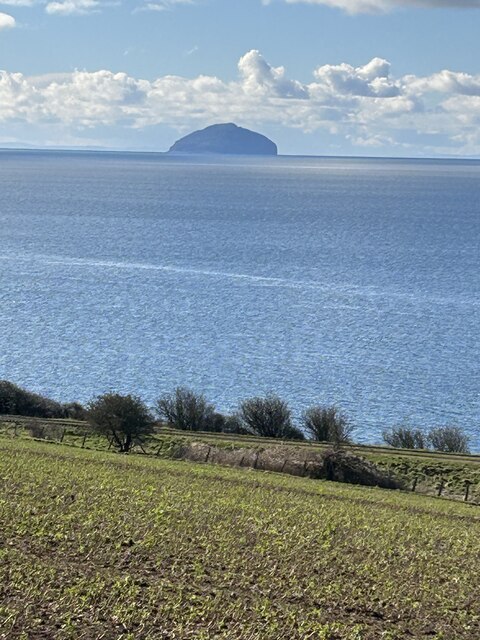
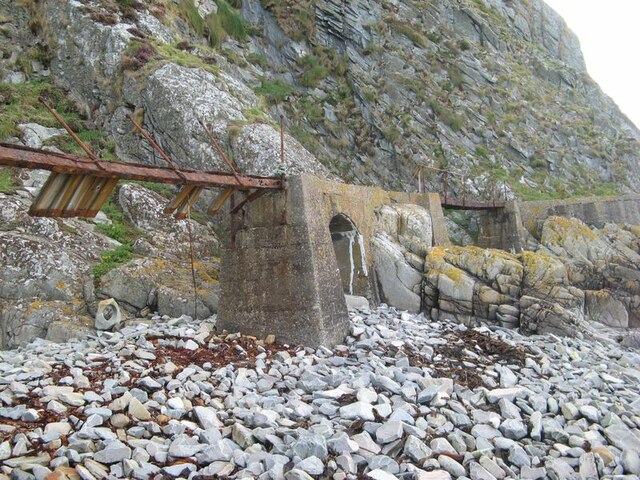
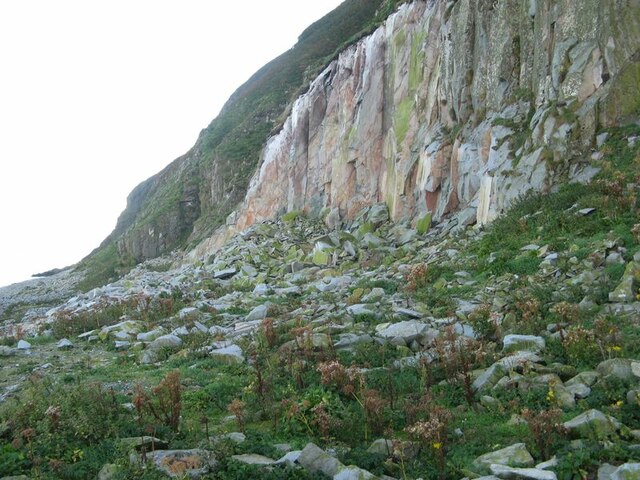
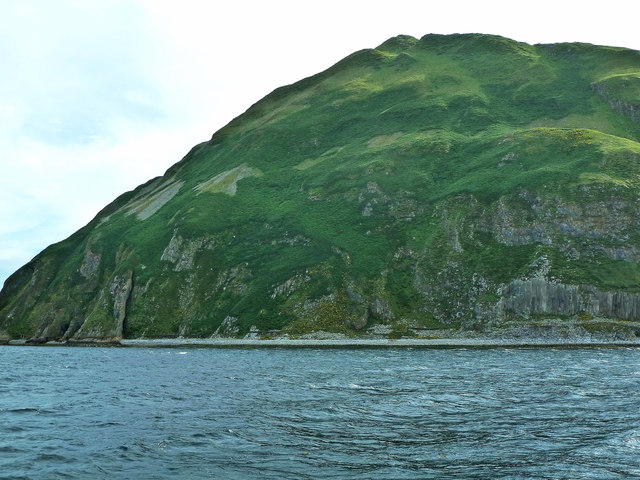
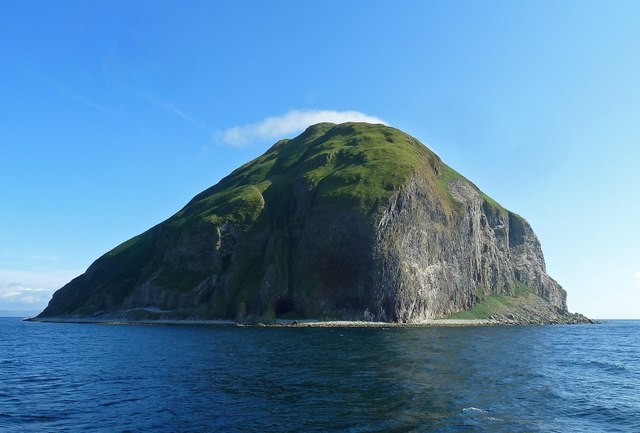
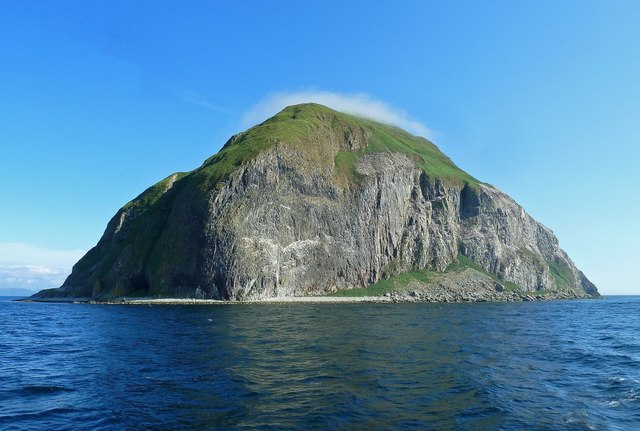
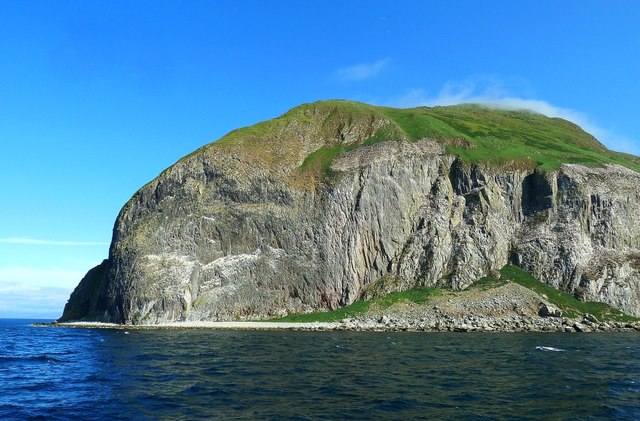
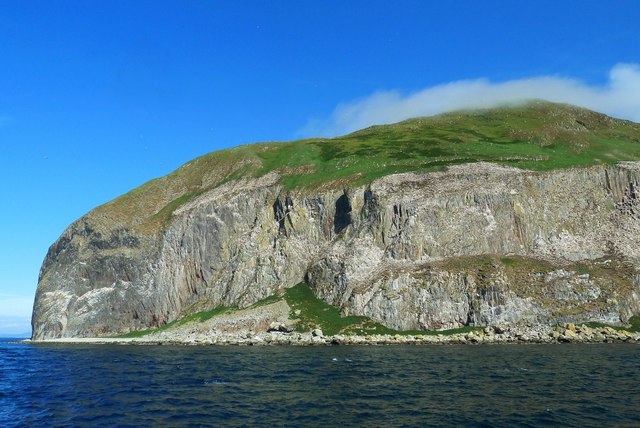
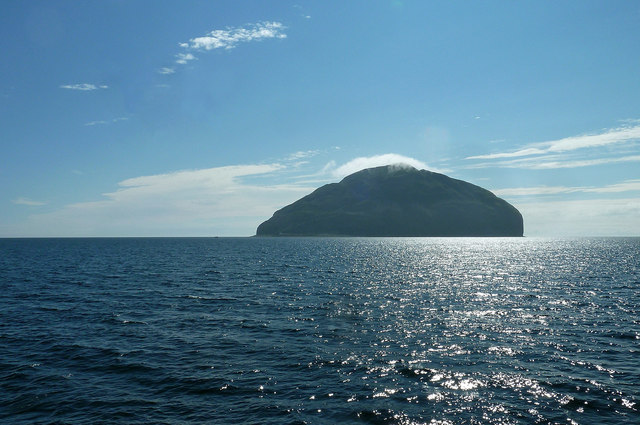
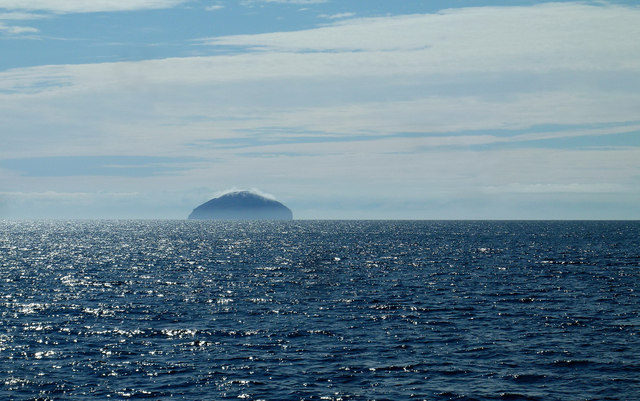
Boating Stone is located at Grid Ref: NS0100 (Lat: 55.256627, Lng: -5.1225128)
Unitary Authority: South Ayrshire
Police Authority: Ayrshire
What 3 Words
///freedom.triangles.expose. Near Girvan, South Ayrshire
Nearby Locations
Related Wikis
Ailsa Craig
Ailsa Craig (; Scots: Ailsae Craig; Scottish Gaelic: Creag Ealasaid) is an island of 99 ha (240 acres) in the outer Firth of Clyde, 16 km (8+1⁄2 nmi) west...
Ailsa Craig Lighthouse
The Ailsa Craig Lighthouse, is an active 19th century lighthouse located on Ailsa Craig, an island in the Firth of Clyde, just offshore from Girvan, South...
Have you been to Boating Stone?
Leave your review of Boating Stone below (or comments, questions and feedback).
